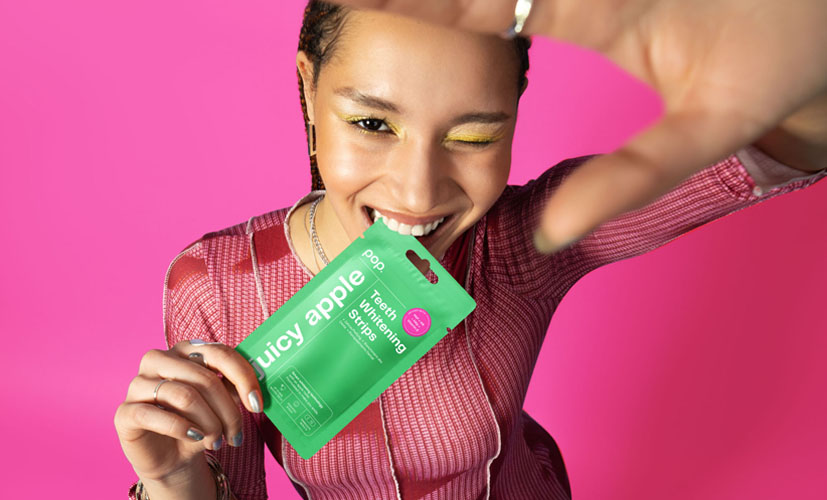
No, we are not going to bother you with the latest fashion tendencies. Open shoes and sandals are undoubtedly beautiful accessories, but they also have a very practical use. Namely, to keep feet fungus at arm’s length and prevent it from attacking us during the summer.
If you don’t want undesirable scratching sensations and red spots, avoid socks, shoes and bedroom slippers and use those sandals instead. You will not only feel a summer cooling (to the extend there is one), but you will also experience the pleasure of entirely avoiding the fungus treatment.
A little biology
Fungi are especially resistant microorganisms, which spread through spores. You can get them extremely easy – by touching an infected surface. As you can imagine, this might be the floor of a public bath or that of a swimming pool, as well as the flip-flops of your better half or those of a friend. Sadly, the fungi spores are a part of the microflora of our own skin and it is impossible to isolate them. We carry them the entirety of our lives, but only notice their existence, when we create a favourable environment for their reproduction.
Fungi love warm and moist spots and this is the reason why they can grow and spread very fast between our toes without many obstacles. They appear, when we refuse to wear open footwear, because we dismiss it as “provincial” or we don’t like looking at our feet. For teenagers it is especially cool to wear sneakers, but at the same time – the temperatures in them during the summer heat waves build the ideal environment for fungi.
The bad news is that spores can also survive “in the open”, as sweating positively reinforces the spread. This is why fungi also “attack’’ areas such as the groin, armpits, the knee and elbow pits, the neck and otherwise existent skin folds caused by being overweight.
The symptoms:
- redness and excessive scratching sensations
- bad smell
- dryness and skin peeling
- small wounds and pustules
- appearance of white, yellow or brown spots on the nails
- brittle nails, curved edges and a lack of gloss
If you don’t take timely measures and ignore the problem, you could cause the spread of fungi onto your hands, body, head skin, mucous membranes and nails. The problem here being that infected areas become more susceptible to further infections through bacteria, which can cause worse inflammations and more complications.
Don’t undergo self-treatment
Fungi may seem like a harmless problem, which can easily be treated with a lotion from the pharmacy, but that is not the case. Doctors are witnesses of the grave consequences as a result of self-treatment. If you just buy an anti-fungi substance, without consulting a specialist, you risk further damage and complications. Firstly, because not every medicine is capable of handling the infection and secondly, you need multiple applications to successfully treat the infection. Fungi are a stubborn problem, which is sometimes treated over the course of many months and there are spores that only respond to certain types of active ingredients. If you do not track your condition and stop the treatment too soon, you risk a much worse second infection.
You should also be aware of the fact that antibiotics do not kill fungi. Unlike bacteria, fungi are very similar in their structure to human cells and very few medications can neutralise the spores, without damaging the surrounding tissues. This is why fungi treatment requires the use of so-called antimycotics, which are usually applied externally. The most effective classic treatments take the form of creams and gels, containing salicylic acid, iodine and urea. Fungi prevention can also be achieved by sprays with aluminium salts, which regulate the sweating process.
Patience is the key
Fungi colonies develop slowly, but their elimination is even slower and harder, warn specialists. The treatment of hand fungi can last between 6 and 8 months, while treatment of the feet between 9 and 12 months. Dermatologists are categorical in stating that, in such cases, ordinary anti-fungi skin products show no results at all.
For anti-fungi treatment on the nails, you can buy special lotions and varnishes, which are applied on the affected areas. In more serious cases, you may need to also take pills with anti-mycotic properties.
Prophylaxis and personal hygiene:
These are the most effective ways to protect yourself from unwanted scratching sensations:
- Frequently wash your feet with soap and don’t forget drying them, especially the areas between the toes
- When you are in public baths, gyms or saunas, don’t walk bare foot, always use open footwear.
- Don’t wear closed and suffocating shoes, which don’t allow the feet to ventilate. Most useful are sandals or shoes made of natural materials – fabric or leather, which allow the feet and toes to “breathe”
- Don’t use the shoes or flip-flops of other people





